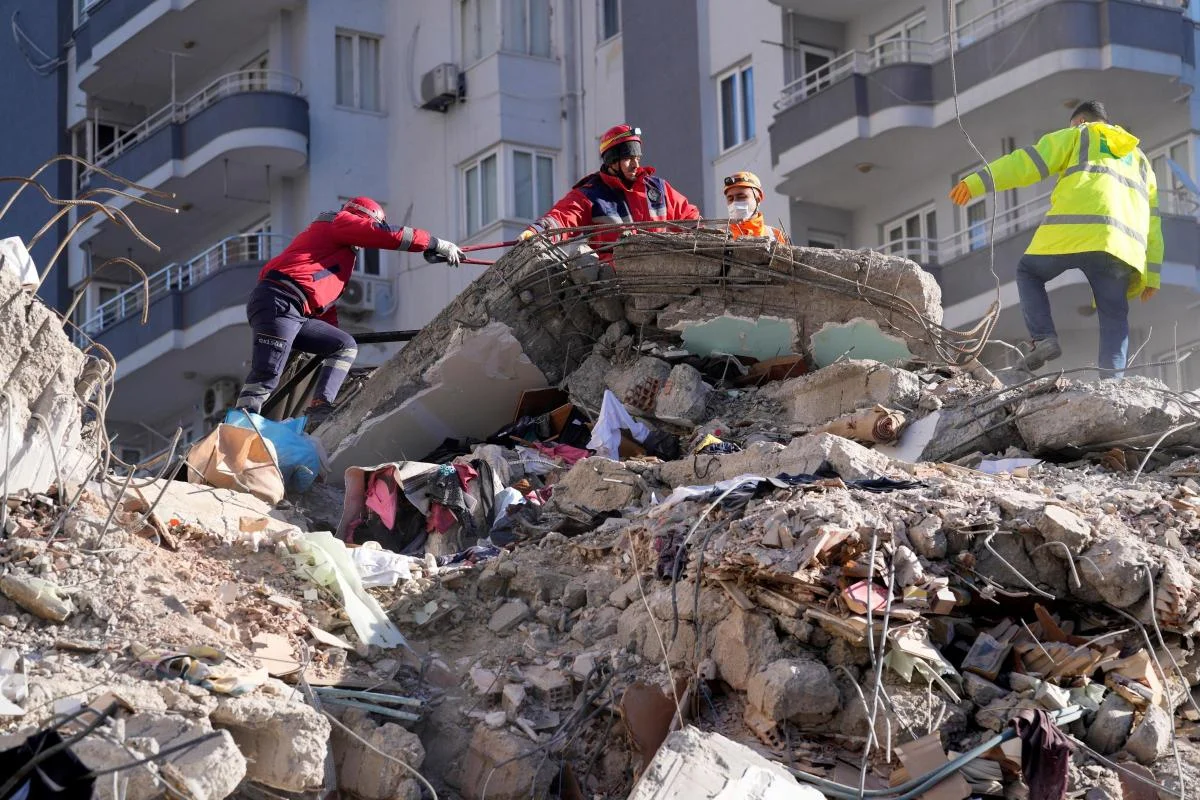Morocco was rocked by a powerful earthquake measuring 6.8 in magnitude, leaving a trail of devastation in its wake. Official estimates have reported a grim toll, with at least 2,012 lives lost and another 2,059 people injured, including over 1,000 in critical condition. This seismic event, centered in the southwestern part of Marrakech, has raised questions about the region’s seismic activity and its potential aftershocks.
Philippe Vernant, a specialist in active tectonics, particularly in Morocco at the University of Montpellier, shed light on the country’s seismic history. He emphasized that Morocco is a nation where the question is not if earthquakes will occur but when. Vernant pointed to past seismic events, such as the catastrophic Agadir earthquake in 1960 (magnitude 5.7) and the Al Hoceima earthquake in 2004 (magnitude 6.4), both of which had profound impacts on the region.
Analyzing the recent earthquake, Vernant highlighted that while its epicenter is not located in the most seismically active region of Morocco, it is situated near the High Atlas mountains. This type of seismic activity contributes to the geological dynamics of the High Atlas range.
Drawing comparisons to earthquakes in Turkey, Vernant noted differences in movement patterns. In Turkey, horizontal movement results from the westward shift towards Greece, leading to the horizontal sliding of tectonic plates. In Morocco, convergence between Africa and Eurasia (or Iberia, the Spanish part) results in overlapping faults, but it still involves plate boundaries.
Regarding the intensity of the Morocco earthquake, Vernant explained that the estimated magnitude of 6.8 or 6.9 corresponds to a significant displacement along the fault line, causing substantial shaking in the affected region. The depth of the earthquake also plays a crucial role, with shallower earthquakes having a more pronounced impact on the surface.
Aftershocks, Vernant cautioned, are anticipated in the aftermath of such a seismic event. While they may be of lesser intensity, they pose a risk, particularly to buildings already weakened by the initial earthquake. Vernant emphasized that aftershocks are typically expected to decrease in intensity over time. However, in some cases, they can trigger further ruptures along different fault lines, potentially leading to stronger subsequent earthquakes.
Predicting earthquakes, Vernant stressed, remains a complex challenge. While scientists can estimate recurrence periods based on the magnitude of earthquakes, seismic events can exhibit unpredictable behavior. Clusters of strong earthquakes over a short period may be followed by extended periods of seismic quietude. Morocco’s recent earthquake serves as a stark reminder of the region’s vulnerability to seismic activity, underlining the importance of preparedness and continued research in the field of seismology.




